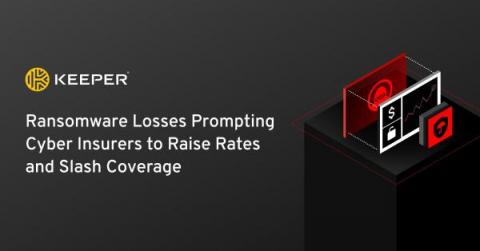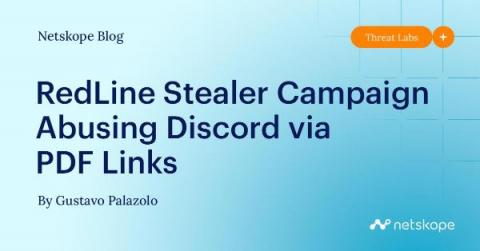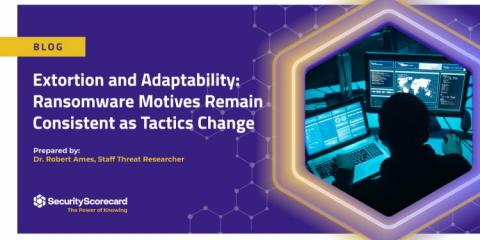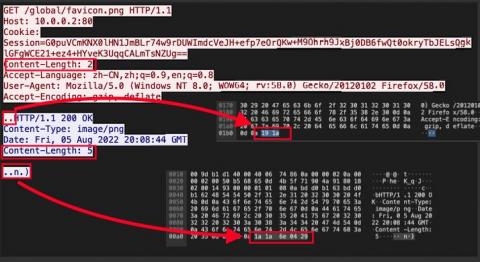Fortify & Secure Your Kubernetes Environment with Rubrik Security Cloud
Enterprises have benefited from encapsulating applications into lightweight, independent units called microservices. By adopting an architectural pattern of loosely coupled and independently deployed services, microservices can rapidly deliver complex applications at scale without the typical technical debt of legacy applications.











